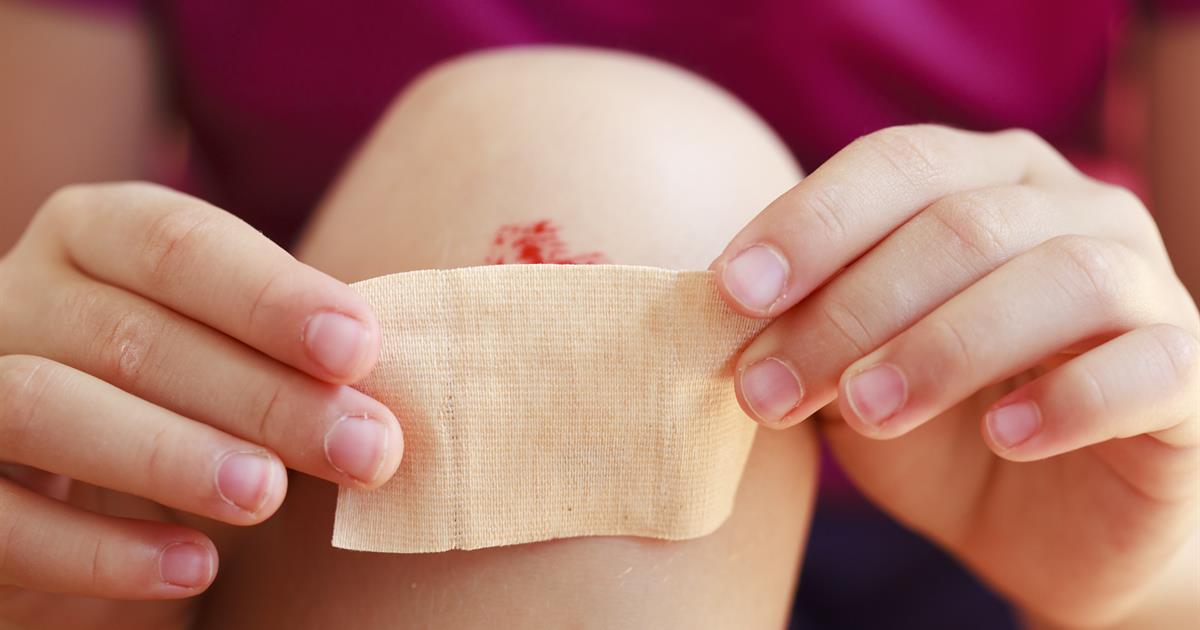Warning Signs Linked To Christmas Disease (Hemophilia B)
Christmas disease, also known as hemophilia B, is an uncommon genetic disorder that causes an individual to have blood that does not properly clot. The blood in affected individuals does not clot correctly due to a deficiency of clotting factor IX. Around sixty percent of all hemophilia B cases are inherited from the patient's parents. Spontaneous mutations in specific genes are thought to be the cause of the remainder of hemophilia B cases. Christmas disease almost always occurs in males because the X chromosome carries the mutation that causes it. Christmas disease is diagnosed with the use of blood tests, including a partial thromboplastin time test, prothrombin time test, and a fibrinogen test. Christmas disease cannot be cured, so treatment focuses on managing its symptoms. Preventative measures, wound treatment, and factor IX injections are used to treat hemophilia B.
Prolonged Wound Bleeding

Prolonged wound bleeding describes when an individual's body takes longer than average to stop bleeding. Prolonged wound bleeding is different than the symptom of excessive bleeding. When a hemophilia B patient experiences a minor bleeding event like a nosebleed or gum bleeding, they do not always bleed more than a healthy individual. Instead, individuals with hemophilia B tend to bleed for longer. A longer duration of bleeding causes the affected individual to lose a greater quantity of blood than a healthy individual would. This prolonged bleeding occurs with minor cuts, surgical procedures, and tooth extractions. Any form of an internal wound is also known to bleed longer in hemophilia B patients. Prolonged wound bleeding becomes problematic because the loss of too much blood at a steady rate can cause the patient to become anemic or go into shock.
Blood In Urine Or Stool

A healthy individual does not experience blood in their urine or stool when the mucosal tissues and linings become mildly inflamed. If any inflammation does cause bleeding, the body is usually able to mediate it quickly before it can be seen in the stool or urine. However, normal irritation in such tissues can pose a more significant problem for individuals with hemophilia B. The lining of the bladder can be very sensitive as well as the tissues inside the kidneys that make up the small filters. When a foreign substance or other stimuli causes these tissues to become even mildly irritated, an affected individual may bleed into their urine. When they urinate, the urine may be red, orange, or pink colored due to the presence of blood. Blood in the stool can be a common manifestation in individuals who have hemophilia B because of the numerous mechanisms that can cause inflammation of the stomach and intestinal linings. Irritation from hard stools or corrosive substances can cause these tissues to bleed, and the body takes a longer than average time to stop it. Therefore, blood may be visible in the stool of an affected individual.
